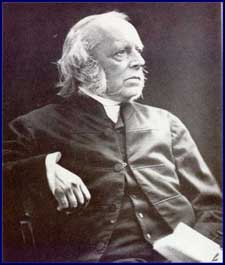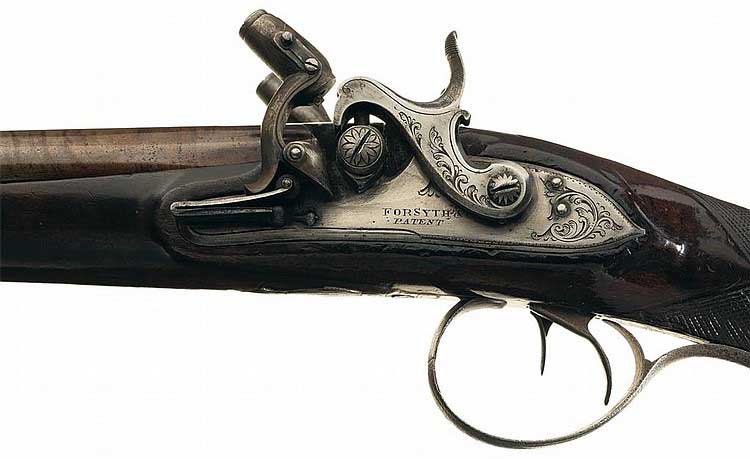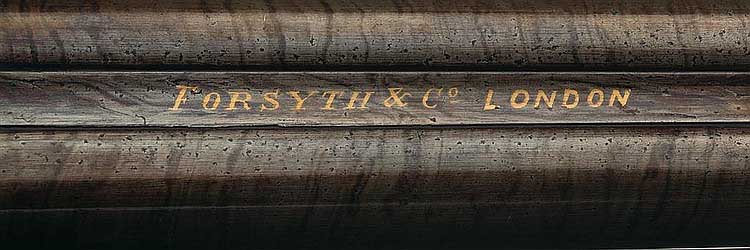by Rev. David T. Myers.
With the settling of the American colonies, scattered congregations and groups of people ready to be gathered into churches, together with the small number of ministers anxious for mutual encouragement and guidance, inevitably brought about the need and occasion for the formation of the first Presbytery on these shores. The specific occasion came in due season, with the call for the ordination of Mr. John Boyd to become pastor of the church of Freehold, New Jersey.
John Boyd, a native of Scotland, came as a probationer [i.e., a man licensed to preach though not yet ordained], probably at the solicitation of his countrymen, who, fleeing from persecution, had settled in Monmouth between 1680 and 1690.
Boyd was ordained by the Presbytery of Philadelphia on this day, December 29, in 1706, at the public meeting-house, before a numerous assembly. The original minute book of the Presbytery is preserved at the Presbyterian Historical Society in Philadelphia. Regrettably though, the first leaf of that book, comprising the first two pages of the Minutes, was lost long ago. We can only speculate as to the content of those first two pages, but we can try to speculate intelligently. Page 3 of the Minutes begins with the end of a sentence which appears to be concerned with the subjects of Mr. Boyd’s trial for ordination. The last half of this broken sentence is as follows: “‘De regimine ecclesiae’ which being heard was approved of and sustained, and his ordination took place on the next Lord’s day, December 29, 1706.”
Of course, we will always wonder what else we could now know if we only had those first two pages. At whose call and by whose authority was this Presbytery convened? Did they consider and adopt the Westminster Standards as their system of faith and government? The best supported opinion is that by this time Francis Makemie’s leadership had become obvious. For one, his trip to the old country for the purpose of bringing additional ministers back to the colonial churches, and the success of that trip, was probably well known. So it seems likely that it was Makemie who convened the meeting.
The Freehold congregation had apparently written asking how Mr. Boyd should be ordained, and so it was Mr. Makemie who arranged for a meeting in the spring of 1706 for the purpose of making the necessary arrangements for his ordination, with Boyd’s ordination trials to take place at what became the inaugural meeting of the new Presbytery in December. The record is somewhat unclear, particularly as to why the delay in settling Rev. Boyd. That took place in May of 1708, with the presbytery requesting the congregation to consent to his preaching every third Sabbath at Woodbridge. But he died later in 1708, and while his tomb remains to this day, Makemie—who also died that same year—and other ministers, most of them, lie in unknown graves.
Of the new Presbytery, George Hays observed in his work Presbyterians (1892):
“Presbyterianism thus grew out of the soil and of the necessities of the case. It did not begin at the top as it had done in France and Scotland, but began at the bottom and by degrees rose to strength. Now Synods are constituted by the act of the General Assembly, and Presbyteries are organized by act of Synod. Then Presbyteries were by the necessity of the situation. In 1717, the Presbytery divided itself and constituted a Synod above it; and in 1788 the Synod divided itself into subordinate Synods and created itself a General Assembly. There is no good reason to believe that this first Presbytery adopted any standards for their own guidance. It looks as though they came together assuming the Westminster Standards as authoritative without any special adoption in this country. They adopted the ordinary parliamentary law as their method of action. They did not even adopt a name, as Presbyteries now have names. It was simply “The Presbytery”; not of Philadelphia, nor of New Jersey, nor of Maryland. There was no other, and when it was spoken of there was no ambiguity. When, in 1716, the Synod was constituted by dividing the General Presbytery into four, these were simply named First, Second, Third, and so on. It was a day of great demands for activity, and of small resources of men and means to meet the requirements. This first meeting at Freehold was the only meeting which was had outside of Philadelphia. That city was so central and so accessible that the early Presbyteries always met there. So, with three exceptions, did succeeding Synods and General Assemblies, all the way down to 1834. The three men who were present at this ordination of Mr. Boyd were Francis Makemie, Jedediah Andrews, and John Hampton. The original members of the first Presbytery included these three, with George Macnish, John Wilson, and Nathaniel Taylor.”
Words to Live By:
Jesus promised that He will build His church. The promise is sure. And it is the Lord our God who sovereignly draws His people into the Kingdom as Christ is lifted up by the faithful preaching of the Word of God. Therefore pray earnestly to the Lord of the harvest to send out laborers into His harvest.
“Unless the Lord builds the house, those who build it labor in vain.
Unless the Lord watches over the city, the watchman stays awake in vain.—Ps. 127:1, ESV.




